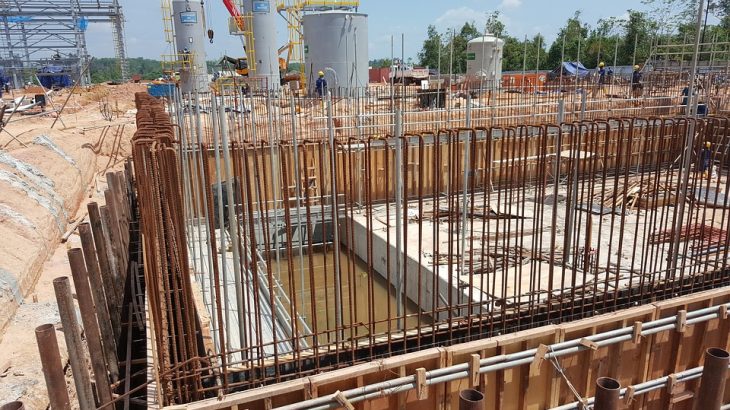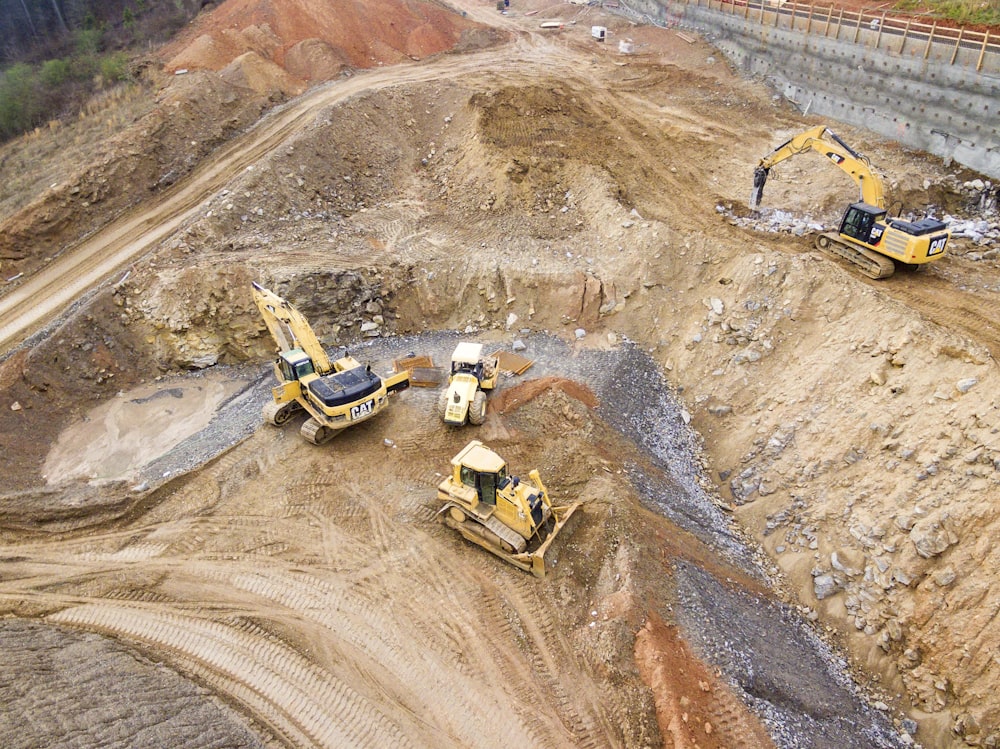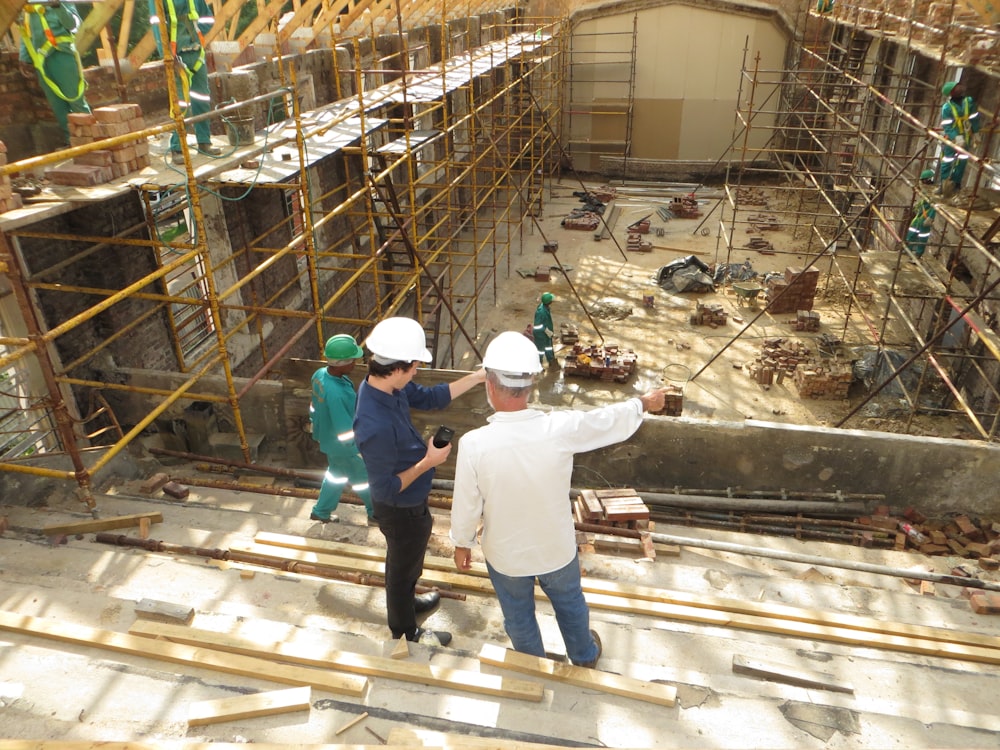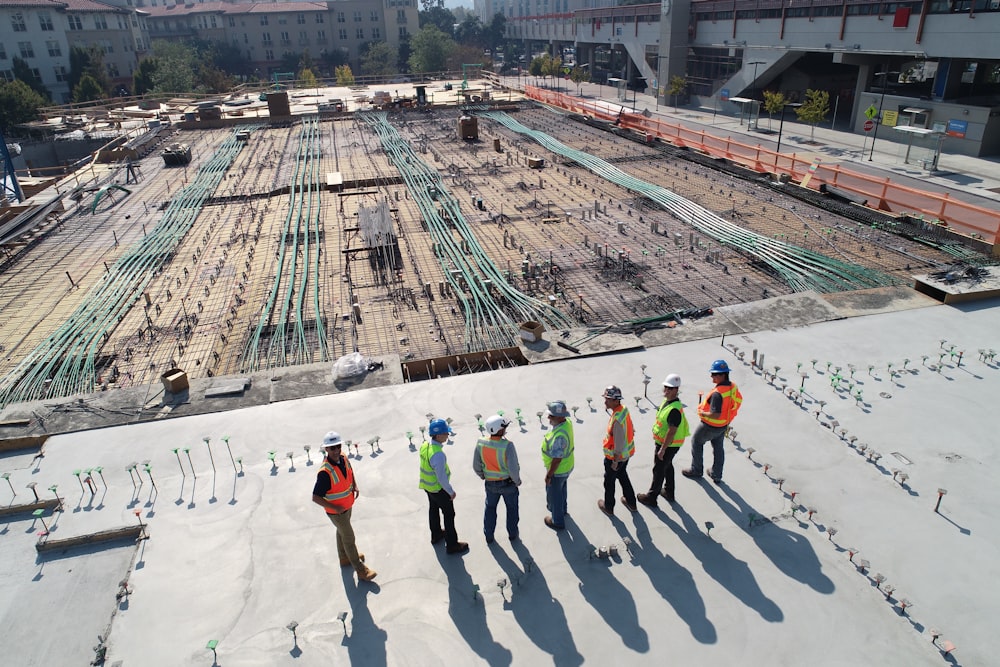Underpinning is a construction technique that involves strengthening or stabilizing the foundation of a building. It is commonly used when a building’s foundation is not strong enough to support the weight of the structure or when the foundation has been damaged due to natural disasters, soil movement, or aging. If you are considering underpinning for your property, here are five things you need to know.
1. What is Underpinning?
Underpinning is the process of strengthening or stabilizing the foundation of a building. It involves excavating the soil beneath the foundation and replacing it with new materials such as concrete or steel. The new materials provide a stronger and more stable base for the building to rest on. Underpinning can be done for a variety of reasons, including to repair existing foundation damage, to prevent future damage, or to support additional weight on the building.
2. When is Underpinning Necessary?
A variety of factors, including soil movement, earthquakes, flooding, or aging, can cause foundation damage. Underpinning may be necessary if you notice signs of foundation damage, such as cracks in the walls, uneven floors, or doors and windows that are difficult to open or close. In some cases, underpinning may also be necessary if you plan to add an additional storey to your building or if you plan to increase the weight of your foundation by adding heavy equipment or machinery.
3. What are the Different Types of Underpinning?
There are several types of underpinning that can be used depending on the specific needs of your building. The most common types of underpinning include:
- Mass concrete underpinning: This involves excavating soil beneath the foundation and pouring in new concrete to create a stronger and more stable base.
- Beam and base underpinning: This involves inserting steel beams beneath the foundation and supporting them with concrete bases to provide additional support.
- Mini-piled underpinning involves drilling small piles into the ground beneath the foundation and filling them with concrete or grout to provide additional support.
- Screw pile underpinning: This involves using steel screw piles to support the foundation of the building. The piles are screwed into the ground until they reach a solid layer of soil.
4. How Long Does Underpinning Take?
The time it takes to complete underpinning depends on the specific needs of your building and the type of underpinning that is required. In general, underpinning can take anywhere from a few weeks to several months to complete. During the underpinning process, you may need to vacate the property, and there may be some disruption to your daily routine. However, the long-term benefits of underpinning, including increased stability and a reduced risk of foundation damage, make the investment worthwhile.
5. Who Should Perform Underpinning?
Underpinning is a complex process that requires specialized knowledge and experience. It is important to choose a qualified and experienced contractor who has the necessary equipment and expertise to perform underpinning safely and effectively. Before hiring a contractor, make sure to check their qualifications, references, and reviews to ensure that they are reputable and reliable. It is also important to obtain a detailed quote and contract before beginning the work to ensure that there are no surprises or unexpected costs.
Final thoughts
Underpinning is a valuable construction technique that can help strengthen and stabilize the foundation of your building. Whether you are facing foundation damage or planning to add extra weight to your building, underpinning can provide a long-term solution to ensure the safety and stability of your property. However, it is important to understand the specific needs of your building and the type of underpinning that is required. Additionally, it is crucial to choose a qualified and experienced contractor to perform the work and obtain a detailed quote and contract before beginning the process.
By taking the time to understand the basics of underpinning and working with a trusted contractor, you can ensure that your building’s foundation is strong and stable for years to come. Don’t ignore the signs of foundation damage- act quickly and seek the help of professionals to prevent further damage and keep your property safe. Proper underpinning techniques and maintenance allow you to enjoy a stable and secure building for many years.
Sound off in the comments section below, and tell us what you want to read next and if you want to read more about underpinning.






















